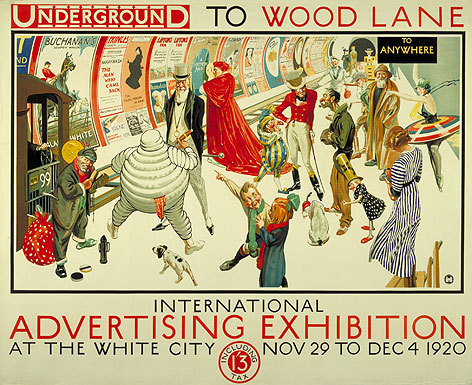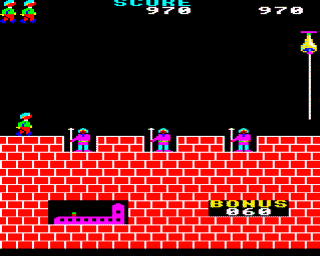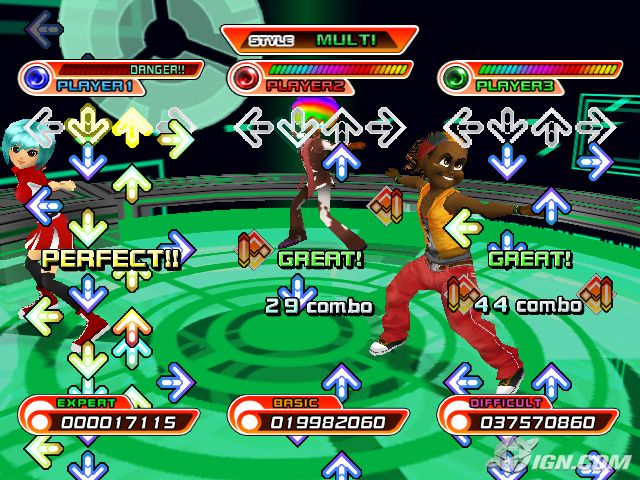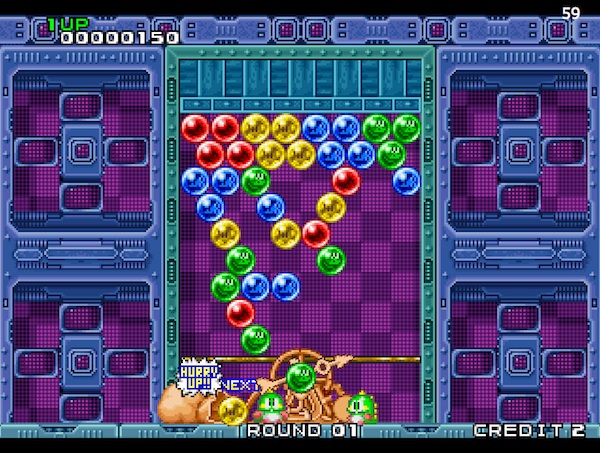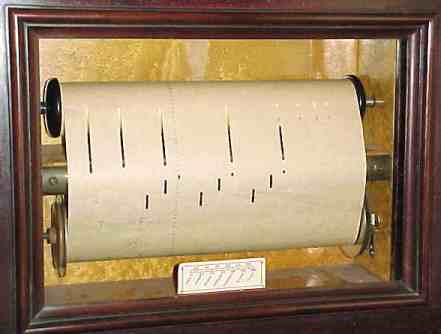While researching the topic, I came across a sound installation created by audio artist Lucas Abela. He is certainly quite inventive: there is a quite mad clip of him playing a sheet of glass with his mouth on YouTube, which has to be seen to be believed.
Anyway, Abela has created a piano-based pinball table.
The work goes under the title "Pinball Pianola" but does not actually involve a pianola. Instead, he appears to have used the word to imply mechanisation, and to evoke the "stuff going on" meaning associated with the suffix '-ola' (like payola or crapola).
Abela states:
I’ve devised a Frankenstein experiment, combining the greatest musical invention of all time, the Piano; with the coolest amusement machines ever conceived; Pinball, to create an interactive sound installation like no other;This inventive use of a piano as both game and adapted musical instrument is technically impressive and also exciting as a concept in relation to my project work. Pinball is an angle I hadn't considered, and the use of strings as stationary targets and piano keys as flipper controllers is inspired.
‘Pinball Pianola’, a musical device constructed by replacing the keyboard, hammers and front paneling of an upright piano, with a pinball cabinet butted up perpendicular against its exposed strings. Embracing high and low culture this instrument allows virtuosos and wizards alike to pit their skills in a game where musical compositions are created as metallic balls jettisoned into the game clash with the pianos resonating wires.
This experiment the first of in a series of individually crafted instruments [...] that introduce musical elements into the iconic game of pinball, making sound generation – not scoring – the games’ main objective.
From a gaming perspective I'm sure there is potential to use hammers as kickers, and a host of other ideas too, based on this theme. Given the wide range of themes for pinball games, I'm surprised that further research has failed to find any other pinball games based around a music instrument theme.
Whether physical of virtual, there are plenty of novelty pinball games, ranging from football (where presumably the ball looks like a football) to a K'nex-constructed roller coaster.
The great thing about pinball as a basis for a game is that it's readily understood. For some people a pinball table it may act as a nostalgia trigger, but their long-established nature means that they lack the strong "I haven't seen that in years!" affect which I'm aiming for.
With regards to my own game, the idea of mixing pinball-style physics into the equation is certainly an interesting one.
Rather than mimic Abela, I'd prefer to keep the automated playing of the programmed music reel, perhaps creating a wall of piano keys which move, affecting the movement of the ball.
Rather than mimic Abela, I'd prefer to keep the automated playing of the programmed music reel, perhaps creating a wall of piano keys which move, affecting the movement of the ball.
This concept has the strong advantage of mixing familiar elements together. Certainly something to think about as I develop my potential ideas for a game.











